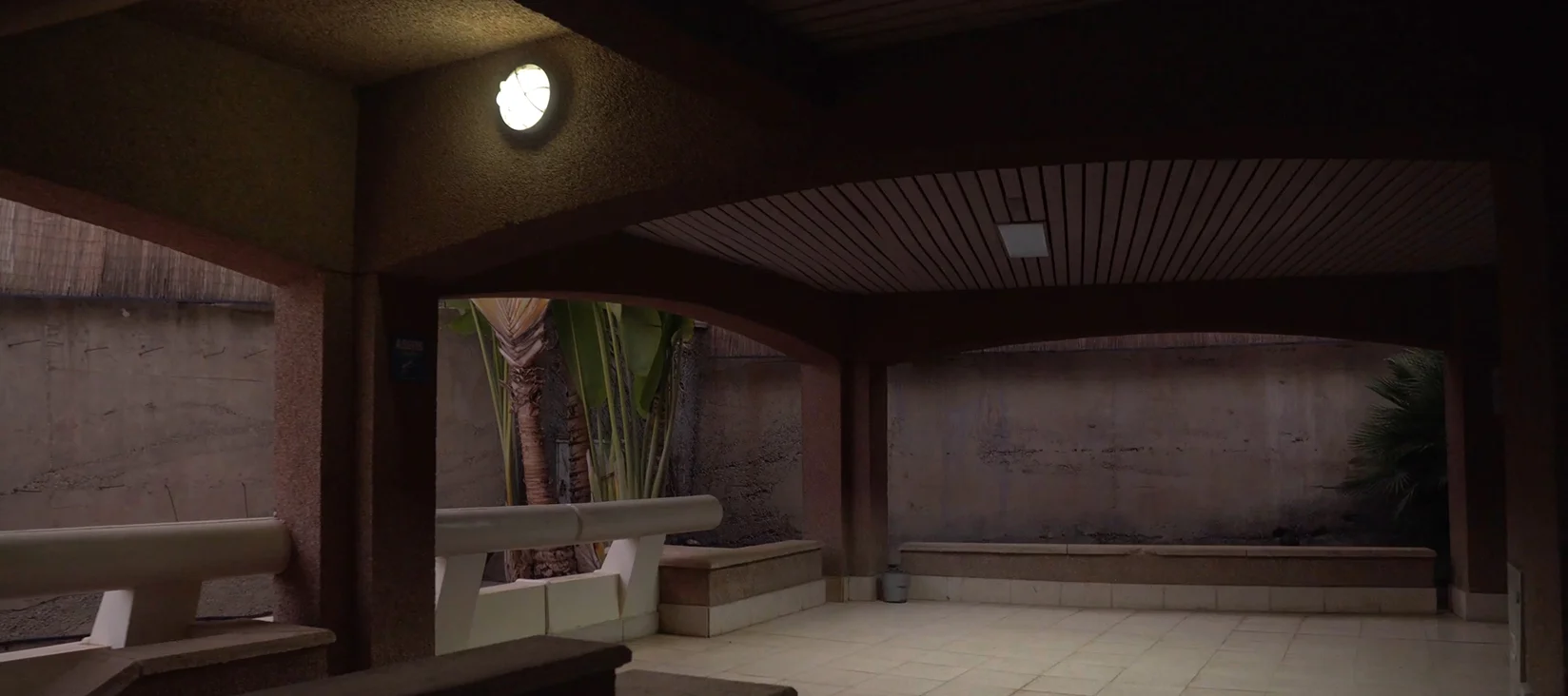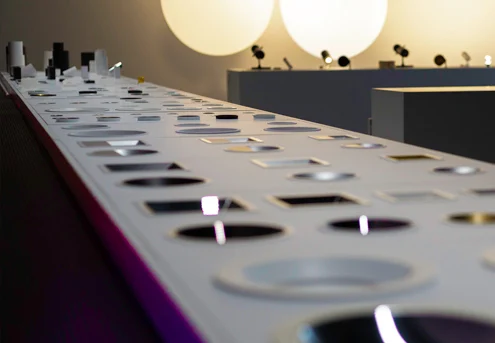Flicker

Reminiscent of the opening movie scene in a dark eerie corridor the fluorescent lights above buzzed and flickered, casting a pale, uneven glow that lent the scene an air of mystery, which is great if you’re a movie director, sadly most of us aren’t, and changing the old fluorescent lights with new LEDs doesn’t necessarily mean the flicker will mysteriously disappear.
The old adage ‘you get what you pay for’ holds true when it comes to LED lighting. Opting for reputable brands and trusted lighting suppliers when purchasing LED lights can significantly reduce the likelihood of flickering issues. Low-quality LED Lights are cheaper, they may be poorly manufactured or have inconsistent components or lack proper circuitry, leading to flickering issues.
To avoid this problem, it's best to buy LED lights from trusted brands or suppliers known for their quality and reliability. While these LED lights may have a slightly higher upfront cost, they often have longer lifespans and provide better performance, making them a cost-effective and reliable lighting solution in the long run. LED lights on an old dimmer switch design for higher loads, previously used for incandescent lighting, may struggle to dim the low-power LED lights.
To address this, consider purchasing LED lights that are specifically labelled as dimmable and compatible with your existing dimmer switch. Or preferably upgrading to an LED-optimised dimmer switch. Purchasing an LED-optimised dimmer switch also opens up the world of Bluetooth, allowing you the option to use dedicated apps for both IOS and Android to control your LED lighting.
In the case of low voltage (12V and 24V) LED lights, flickering may occur due to incompatible transformers (power supply converting 240V to 12V and 24V) or loose electrical connections. Upgrading to a compatible transformer or opting for mains voltage LED downlights can resolve the issue. Mains voltage LEDs do not require a transformer, but a qualified electrician is required for installation.
Power quality issues from energy utilities or nearby electrical loads can cause intermittent flickering. The signals that control off-peak hot water systems can cause power fluctuations called ‘Ripple Control’ during specific times causing LED lighting predominantly dimmed LED lighting to flicker. Lower the dimming increases the chance of flickering. High-quality LED lights are less susceptible to these disturbances.
Some cheap LEDs may cycle on and off at the same frequency of the electricity supply (50Hz), causing high-frequency flicker. A better-quality LED lights that are designed to smooth out the current flow and avoid this issue. Overall, purchasing quality LED lights from reputable manufacturers and suppliers, ensuring compatibility with existing fixtures and switches can significantly reduce flickering problems. If flickering persists despite these measures, it is advisable to consult with a qualified electrician to identify and address any underlying electrical issues.
What is photosensitive epilepsy?
In some people, seizures can be triggered by flashing or flickering lights, or by certain geometric shapes or patterns. This is called photosensitive epilepsy. Some people with epilepsy only have photosensitive seizures, whilst others may have other seizure types as well as photosensitive seizures.
This is a type of reflex epilepsy is seen in up to 5% of people with epilepsy, and because the seizures are usually triggered by some sort of visual stimulation, they can be reduced with simple avoidance strategies. Medication is usually used to help gain seizure control. For further information please click on the link HERE.
Look out for our next edition, Lighting Comfort - Non-visual flicker free LEDs.



